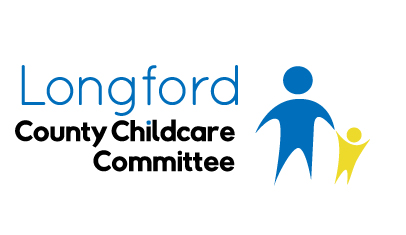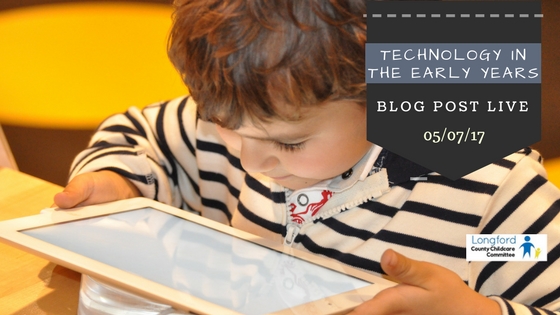Technology in the Early Years
This is a topic that tends to generate a lot of discussion in the early years despite there being very little robust Irish research or literature on the subject. For many practitioners, their own opinions tend to play a part in how it manifests in their setting. Recent decades has seen significant development in technology, and it appears that this development will continue for some time. The definition for Technology in the English Cambridge Dictionary is “The application of scientific knowledge for practical purposes, especially in industry. ‘advances in computer technology’”, while the definition for ICT is “the abbreviation for information and communication technology: school subject in which students learn to use computers and their electronic equipment to store and send information”. When it comes to technology in the Early Years the question is whether you are for or against it’s integration in the early learning environment. Here we will take a look at both arguments.
For
As educators, we aim to give our children, the best picture of the world we are living in and give them tools going forward to be equipped for it. To be adaptable to various transitions in the child’s life and then into their adult life. Many may say, in the age of Technology, should we not then be introducing our children to all means of technology, “Children are naturally curious and will explore technology on a variety of levels – not only how it works but the part technology plays in the world in which they live. Each day, technology provides children with an additional resource to support learning, from literacy and maths to art, design and imaginative play. Technology also supports in developing children’s gross motor skills, keyboard skills and hand-eye coordination” (www.daynurseries.co.uk).
To break it down, what is technology??? As the quotation says above, it’s the application of scientific knowledge for practical purposes”. So that could mean a computer, a tablet, a telephone, television, DVD player, a calculator, a light switch, washing machine, and so on. One can be selective about what they choose to introduce. For many providers, you may debate whether to introduce a computer or a tablet, but once used for the right reason, children can use these for, perhaps drawing on, sourcing information from the internet, sending an email, editing pictures. For many having grown up in the computer age, the best way of learning, is doing. Common sense, must prevail in the use of technology –
- time limits can be introduced
- adult one on one supervision is paramount.
For many, televisions or DVD players might be limited, but on the odd occasion, you do use one, show the children how to use them. The same can be said, for a telephone, show a preschool child how to dial a number and that each person has a unique phone number, this brings in numeracy and the importance of codes, numbers in a sequence, to achieve an outcome.
Against
Many early years practitioners are hesitant to introduce IT into their early years curriculum. What is the fear? For many practitioners, their own knowledge of IT may be vague and there may be a perception that they are ill equipped to teach it. Additionally many services see articles in media, suggesting that too much screen time for young children is not advised and that screen time should be kept to a minimum. The mayoclinic.org have made the following recommendations:
Screen time guidelines–
- The American Academy of Paediatrics discourages media use, except for video-chatting, by children younger than 18 to 24 months.
- If you want to introduce digital media to children ages 18 to 24 months, make sure it’s high quality and avoid solo media use.
- For children ages 2 to 5, limit screen time to one hour a day of high-quality programming.
- As your child grows, a one-size-fits-all approach doesn’t work as well.
- You’ll need to decide how much media to let your child use each day and what types of media are appropriate.
So keeping this in mind, technology can still be introduced if monitored, safety is always of upmost importance in any home or childcare setting.

